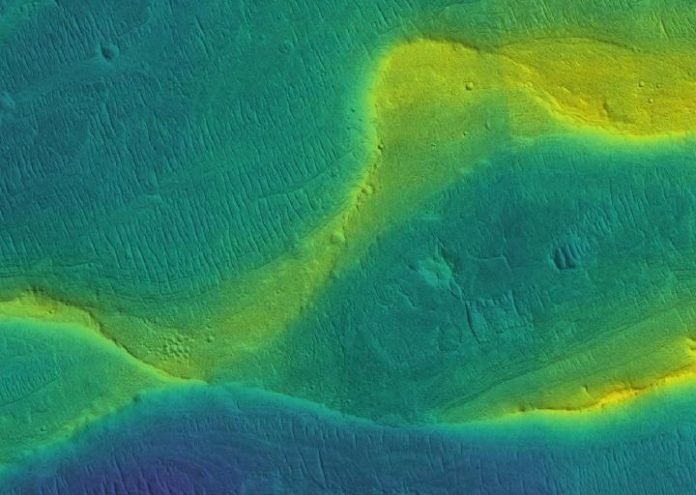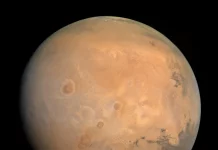
In a new study, researchers found Mars’ rivers flowed stronger and more than previously thought.
The new study was conducted by University of Chicago scientists.
Mars is crisscrossed with the distinctive tracks of long-dead rivers.
Previous research has shown that water carved deep riverbeds into the planet’s surface.
For example, NASA’s spacecraft have taken photos of these rivers from orbit.
In 2012, the Mars rover Curiosity sent back images of pebbles that were rounded. They were tumbled for a long time at the bottom of a river.
However, scientists still don’t know what kind of weather fed them. This is because the understanding of the Martian climate billions of years ago is incomplete.
In the current study, the team analyzed photographs and elevation models for more than 200 ancient Martian riverbeds spanning over a billion years.
They found that river runoff was intense and occurred at hundreds of locations on Mars. The runoff persisted on Mars later into its history than previously thought.
This finding helps model the ancient Martian climate.
The researchers suggest these riverbeds are a rich source of clues about the water running through them and the climate that produced it.
The results provide guidance for those trying to reconstruct the Martian climate. New climate modelers need to account for a strong greenhouse effect.
The rivers also show strong flow up to the last geological minute before the wet climate dries up.
The finding suggests that it’s possible the climate had a sort of “on/off” switch. It tipped back and forth between dry and wet cycles.
The lead author is Edwin Kite, assistant professor of geophysical sciences and an expert in both the history of Mars and climates of other worlds.
The study is published in Science Advances.
Copyright © 2019 Knowridge Science Report. All rights reserved.



